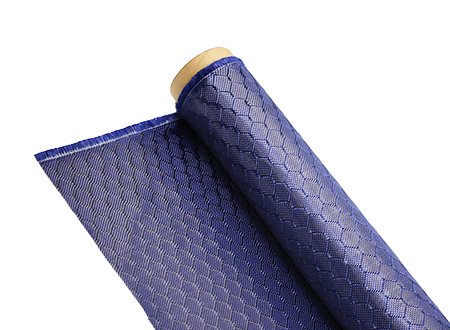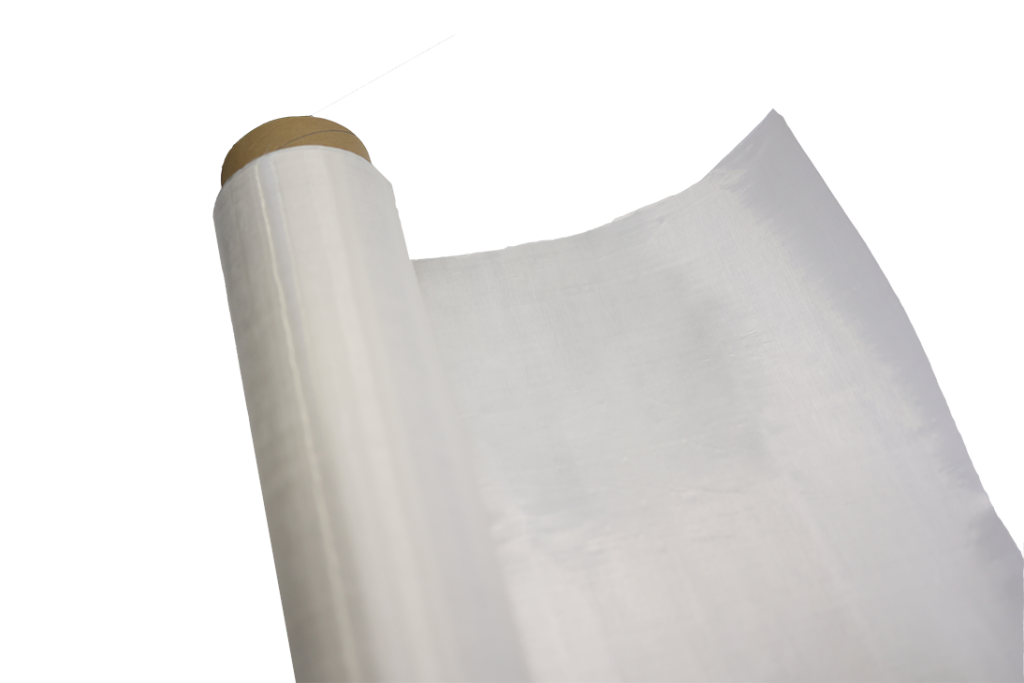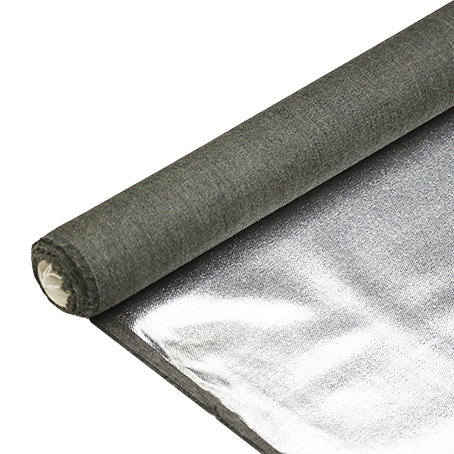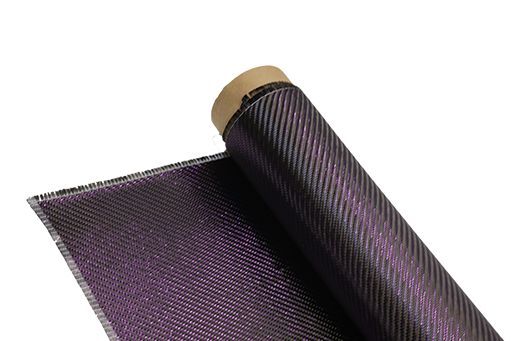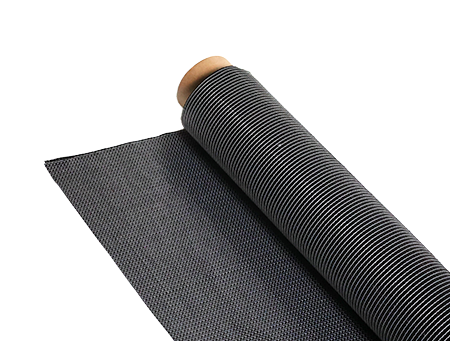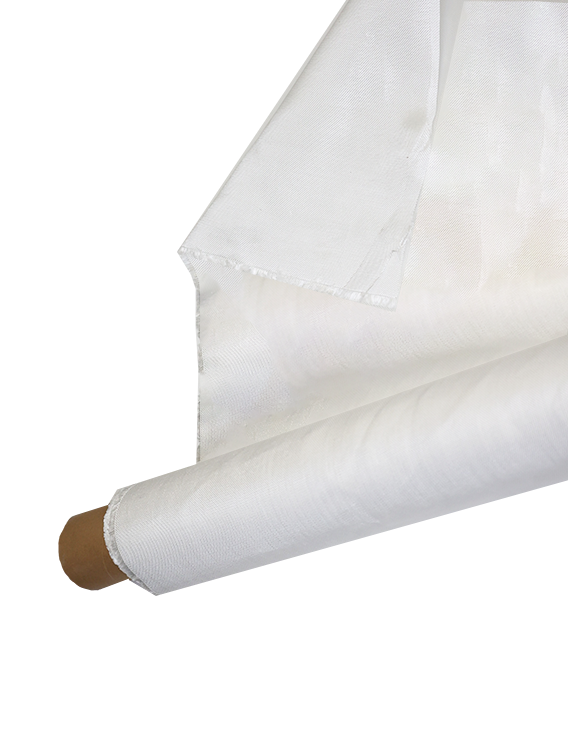Light Weight and Hign Strength Bi-axial three axial four axial Carbon Fiber Fabric for building boat and automobile spare parts
-
Table of Contents
- Light Weight and High Strength Bi-axial, Three Axial, and Four Axial Carbon Fiber Fabric for Building Boat and Automobile Spare Parts
- The Advantages of Bi-axial, Three Axial, and Four Axial Carbon Fiber Fabric
- Applications of Bi-axial, Three Axial, and Four Axial Carbon Fiber Fabric
- Case Study: McLaren Automotive
- Conclusion
Light Weight and High Strength Bi-axial, Three Axial, and Four Axial Carbon Fiber Fabric for Building Boat and Automobile Spare Parts

Carbon fiber has been revolutionizing the manufacturing industry with its lightweight and high strength properties. It has become a popular choice for building various products, including boats and automobile spare parts. In recent years, there has been a growing demand for bi-axial, three axial, and four axial carbon fiber fabric due to its superior strength and durability. In this article, we will explore the benefits and applications of these types of carbon fiber fabric in the construction of boats and automobile spare parts.
The Advantages of Bi-axial, Three Axial, and Four Axial Carbon Fiber Fabric
Carbon fiber is a composite material made of carbon fibers and resin. The fibers are woven together to form a fabric, which is then impregnated with resin and cured to create a strong and lightweight material. Bi-axial, three axial, and four axial carbon fiber fabric are different types of weaves that offer unique advantages over traditional carbon fiber fabric.
- Bi-axial carbon fiber fabric: This type of fabric has fibers running in two directions, typically at 0 and 90 degrees. This allows for equal strength in both directions, making it ideal for applications that require high strength in multiple directions.
- Three axial carbon fiber fabric: This fabric has fibers running in three directions, typically at 0, 45, and 90 degrees. This creates a stronger and stiffer material, making it suitable for applications that require high torsional strength.
- Four axial carbon fiber fabric: This fabric has fibers running in four directions, typically at 0, 45, 90, and 135 degrees. This creates a material with superior strength and stiffness, making it ideal for applications that require high impact resistance.
Compared to traditional carbon fiber fabric, bi-axial, three axial, and four axial carbon fiber fabric offer several advantages, including:
- Higher strength-to-weight ratio: These types of carbon fiber fabric have a higher strength-to-weight ratio, making them stronger and lighter than traditional carbon fiber fabric. This allows for the construction of lightweight and fuel-efficient boats and automobiles.
- Improved impact resistance: The multiple layers of fibers in bi-axial, three axial, and four axial carbon fiber fabric provide better impact resistance, making them suitable for applications that require high durability.
- Enhanced stiffness: The different weave patterns in these types of carbon fiber fabric create a stiffer material, making it ideal for applications that require high stiffness, such as boat hulls and automobile frames.
- Customizable strength and directionality: Manufacturers can customize the strength and directionality of these types of carbon fiber fabric to meet the specific requirements of their products. This allows for the creation of highly specialized and efficient boat and automobile spare parts.
Applications of Bi-axial, Three Axial, and Four Axial Carbon Fiber Fabric
The lightweight and high strength properties of bi-axial, three axial, and four axial carbon fiber fabric make them suitable for a wide range of applications in the marine and automotive industries. Some of the common applications include:
- Boat hulls: The use of bi-axial, three axial, and four axial carbon fiber fabric in boat hulls has become increasingly popular due to its lightweight and high strength properties. This allows for the construction of faster and more fuel-efficient boats.
- Automobile frames: The stiffness and strength of these types of carbon fiber fabric make them ideal for use in automobile frames. This not only reduces the weight of the vehicle but also improves its performance and fuel efficiency.
- Engine components: Bi-axial, three axial, and four axial carbon fiber fabric are also used in the construction of engine components, such as intake manifolds and valve covers. The lightweight and high strength properties of these fabrics help improve the overall performance of the engine.
- Suspension systems: The stiffness and impact resistance of these types of carbon fiber fabric make them suitable for use in suspension systems, providing better handling and stability for vehicles.
Case Study: McLaren Automotive
One of the leading manufacturers of high-performance sports cars, McLaren Automotive, has been using bi-axial, three axial, and four axial carbon fiber fabric in the construction of their vehicles. The company has been able to reduce the weight of their cars by up to 50% compared to traditional materials, without compromising on strength and durability. This has resulted in faster and more fuel-efficient cars that offer superior performance and handling.
Conclusion
In conclusion, bi-axial, three axial, and four axial carbon fiber fabric offer several advantages over traditional carbon fiber fabric, making them a popular choice for building boats and automobile spare parts. Their lightweight and high strength properties, along with their customizable strength and directionality, make them ideal for a wide range of applications in the marine and automotive industries. As technology continues to advance, we can expect to see more innovative uses of these types of carbon fiber fabric in the construction of various products.

